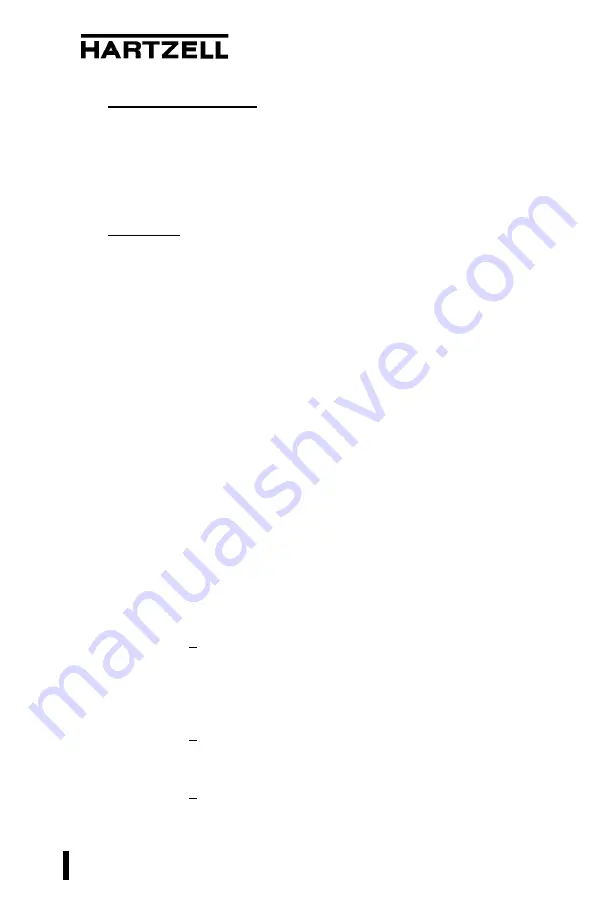
Propeller Owner’s Manual
147
INSPECTION AND CHECK
61-00-47
Page 5-19
Rev. 17 Sep/20
4. Inspection Procedures
A. Blade Damage
(Rev. 1)
(1) Refer to the section, “Composite Blades” in the
Maintenance Practices chapter of this manual for
damage evaluation and repair information.
B. Grease/Oil Leakage
(Rev. 1)
WARNING:
UNUSUAL OR ABNORMAL GREASE
LEAKAGE OR VIBRATION, WHERE THE
CONDITION STARTED SUDDENLY, CAN BE
AN INDICATION OF A FAILING PROPELLER
BLADE OR BLADE RETENTION COMPONENT.
AN INFLIGHT BLADE SEPARATION CAN
RESULT IN DEATH, SERIOUS BODILY
INJURY, AND/OR SUBSTANTIAL PROPERTY
DAMAGE. UNUSUAL OR ABNORMAL
GREASE LEAKAGE OR VIBRATION
DEMANDS IMMEDIATE INSPECTION.
(1) Important Information
(a) A new or newly overhauled propeller may leak
slightly during the first several hours of operation.
This leakage may be caused by the seating of seals
and O-rings, and the slinging of lubricants used
during assembly. Leakage should cease within the
first ten hours of operation.
(b) Leakage that persists beyond the first ten hours of
operation on a new or newly overhauled propeller,
or occurs on a propeller that has been in service for
some time will require repair.
1 A determination should be made as to the
source of the leak. If the source of the leak is
the O-ring seal between the engine and the
propeller flange or a lubrication fitting, field
repair is permitted.
2 All other leakage repairs should be referred
to a certified propeller repair station with the
appropriate rating.
3 If abnormal leakage is detected, inspect
the propeller assembly using the Inspection
Procedure steps in this section.












































